We have much more to do and your continued support is needed now more than ever.
Road to the Final Fur: Round Three
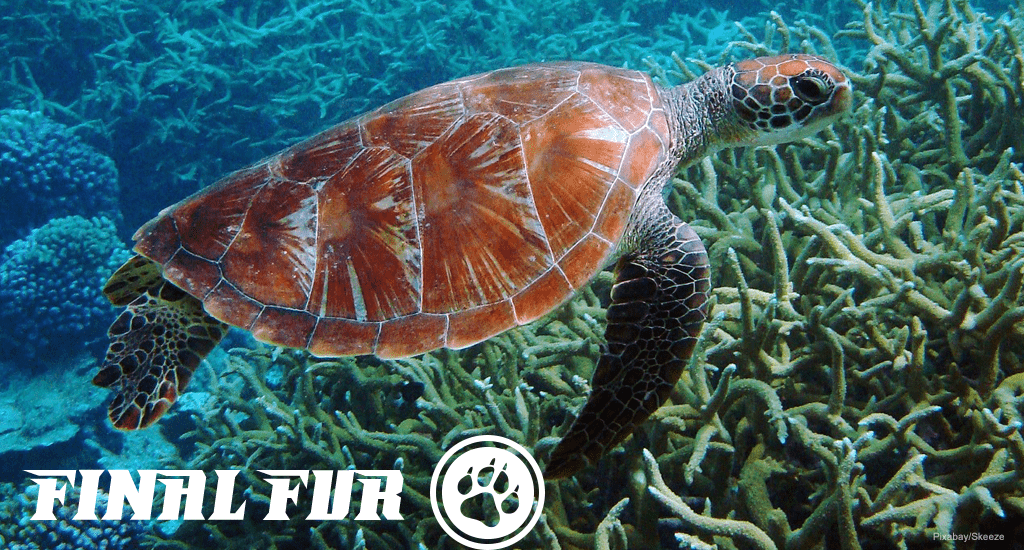
There are only eight teams left on the road to the Final Fur! Read on to learn a little more about how the National Wildlife Federation helps keep each of these species in fighting shape.
Vote Now
RIVER OTTER
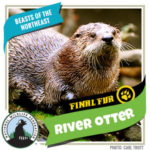 Some may dream of life by the sea, but for river otters it’s freshwater or bust. These charismatic mammals depend on clean, freshwater ecosystems for their homes and for their food, which is why the National Wildlife Federation fights to protect water resources across the country. In addition to our work protecting watersheds and wetlands, both of which serve as river otter habitat, NWF has also built coalitions around the country dedicated to clean water. These programs stretch from the Mississippi River delta to the Great Lakes, with plenty of stops in between.
Some may dream of life by the sea, but for river otters it’s freshwater or bust. These charismatic mammals depend on clean, freshwater ecosystems for their homes and for their food, which is why the National Wildlife Federation fights to protect water resources across the country. In addition to our work protecting watersheds and wetlands, both of which serve as river otter habitat, NWF has also built coalitions around the country dedicated to clean water. These programs stretch from the Mississippi River delta to the Great Lakes, with plenty of stops in between.
ATLANTIC PUFFIN
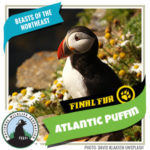 Atlantic puffins spend most of their year alone on the open ocean, but come breeding season they return en masse to their favorite rocky sea cliffs on the northeastern coast of Canada and the United States. In addition to being a home for their plentiful permanent residents, these cliffs, and other coastal habitats like them, play host to migrating and seasonal populations every year, which is why it’s so important to keep them healthy. NWF has been working tirelessly with communities in the northeast to rebuild and restore the coastal dunes on which so many species depend.
Atlantic puffins spend most of their year alone on the open ocean, but come breeding season they return en masse to their favorite rocky sea cliffs on the northeastern coast of Canada and the United States. In addition to being a home for their plentiful permanent residents, these cliffs, and other coastal habitats like them, play host to migrating and seasonal populations every year, which is why it’s so important to keep them healthy. NWF has been working tirelessly with communities in the northeast to rebuild and restore the coastal dunes on which so many species depend.
FLORIDA PANTHER
 The Florida panther is a force to be reckoned with. Though they once roamed through all of the Gulf states, today the only wild, breeding populations of Florida panthers live in the Everglades. The National Wildlife Federation works with lawmakers, on the ground partners, and our affiliate, the Florida Wildlife Federation, to ensure that the Everglades remain protected. The survival of the Florida panther, and many other unique species, depends on it.
The Florida panther is a force to be reckoned with. Though they once roamed through all of the Gulf states, today the only wild, breeding populations of Florida panthers live in the Everglades. The National Wildlife Federation works with lawmakers, on the ground partners, and our affiliate, the Florida Wildlife Federation, to ensure that the Everglades remain protected. The survival of the Florida panther, and many other unique species, depends on it.
GREEN SEA TURTLE
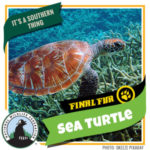 A common site along the Gulf of Mexico coast during breeding season, the green sea turtle is among the species directly impacted by the Deepwater Horizon spill in 2010. Since that time the National Wildlife Federation has made Gulf restoration a priority. The Federation is dedicated to the responsible restoration of this critical ecosystem. Nearly seven years has passed since the oil spill, but the Gulf still needs help, so the Federation remains involved on the ground and on the Hill, working to restore the ecosystem, help wildlife recover, and reform drilling policy.
A common site along the Gulf of Mexico coast during breeding season, the green sea turtle is among the species directly impacted by the Deepwater Horizon spill in 2010. Since that time the National Wildlife Federation has made Gulf restoration a priority. The Federation is dedicated to the responsible restoration of this critical ecosystem. Nearly seven years has passed since the oil spill, but the Gulf still needs help, so the Federation remains involved on the ground and on the Hill, working to restore the ecosystem, help wildlife recover, and reform drilling policy.
BALD EAGLE
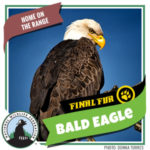 The bald eagle’s strong showing in this tournament is no surprise – these majestic birds are known for putting up one heck of a fight. When Europeans arrived in what is now the United States, there was an estimated population of about 100,000 bald eagles south of present-day Canada. By 1963 there were only 417 nesting pairs left in the 48 contiguous states. In 1973 the bald eagle was offered new protections under the Endangered Species Act, which eventually lead to one of the most successful recoveries in the Act’s history. This landmark piece of legislation has been a cornerstone of conservation in this country, and has aided the recovery of several of our nation’s most iconic species. Learn more about how the National Wildlife Federation works to ensure strengthened protections for all endangered or threatened native wildlife.
The bald eagle’s strong showing in this tournament is no surprise – these majestic birds are known for putting up one heck of a fight. When Europeans arrived in what is now the United States, there was an estimated population of about 100,000 bald eagles south of present-day Canada. By 1963 there were only 417 nesting pairs left in the 48 contiguous states. In 1973 the bald eagle was offered new protections under the Endangered Species Act, which eventually lead to one of the most successful recoveries in the Act’s history. This landmark piece of legislation has been a cornerstone of conservation in this country, and has aided the recovery of several of our nation’s most iconic species. Learn more about how the National Wildlife Federation works to ensure strengthened protections for all endangered or threatened native wildlife.
PRAIRIE DOG
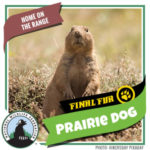
Home on the range, indeed. Black-tailed prairie dogs share their habitat with the farms in America’s heartland. Unfortunately, it seems farms and prairie dog colonies (or “towns”) don’t mix well, a reality that has pushed the prairie dog’s range to 5% of what it once was. The National Wildlife Federation’s Agriculture team is working to change how grassland farmers and wildlife interact. The team works with lawmakers to ensure that the Farm Bill benefits wildlife and farmers. They also hold the biennial America’s Grasslands Conference, where farmers, researchers, and policy experts meet to discuss new solutions and techniques for wildlife-friendly farming.
CANADA LYNX
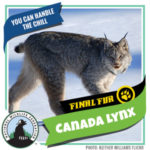
Barely larger than a house cat, these distinctive felines are perfectly adapted for life in the cold, right down to their large snowshoe-like paws. And though they tend to shy away from human contact, the Canada lynx will follow their favorite food (the snow hare) anywhere. Over the past few years there has been an exciting increase in lynx sightings in the lower 48, including a few in Vermont. Vermont is one of several states that has invested, or begun to invest, in wildlife corridors. NWF is helping to build these pathways, constructed specifically for animals, help reduce the road mortality rate of North American wildlife (and maybe a few insurance rates, as well). This increased mobility, in turn, can lead to greater range and a deeper gene pool for the species who no longer have to risk life and limb just to get to the other side.
ARCTIC FOX

These foxes may be small, but they’re among the very toughest of our competitors. Their coats can keep them warm even when temperatures drop to -40*F! However, there is concern about the potentially outsize impact climate change will have on species like the arctic fox. The National Wildlife Federation is dedicated to confronting climate change. The Federation has identified several key fronts in the fight to stop climate change in its tracks. Learn more about them, and how you can contribute, by exploring our site.
But before you go – don’t forget to vote! Only four species can move on to the next round, so every click counts.
Vote Now





















